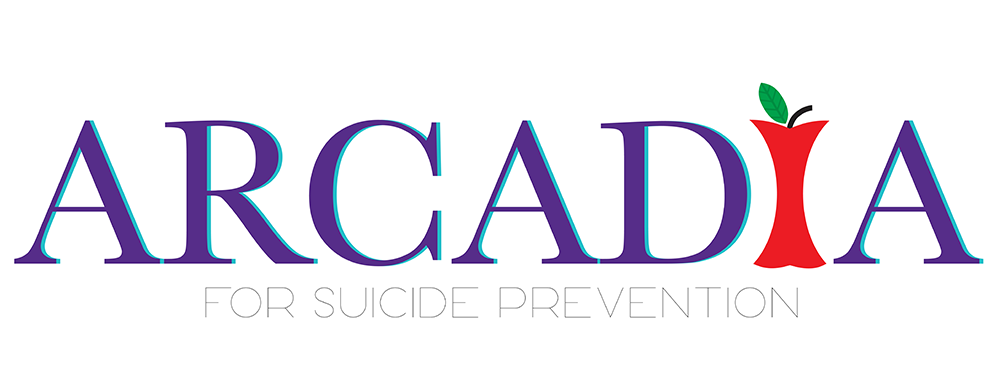Housed within New York University’s Institute of Human Development and Social Change, ARCADIA is a research lab founded by Dr. Pamela Morris-Perez that takes a developmentally-informed, population-health approach to adolescent suicide. Traditional approaches to suicide prevention have been largely confined to the formal mental health system, creating a disconnect from the places and people that shape adolescents’ daily lives. This system-level isolation has led to delayed intervention, limited accessibility, and difficulty in early identification - ultimately reaching only a small portion of youth who need support, often years after suicidal thinking begins.
ARCADIA for Suicide Prevention emerged from this challenge wielding the “no wrong door” approach that meets youth where they are, leveraging natural support systems and spaces - from schools to primary care to emergency rooms - while drawing on diverse disciplines to better understand and support adolescents’ lived experiences.


